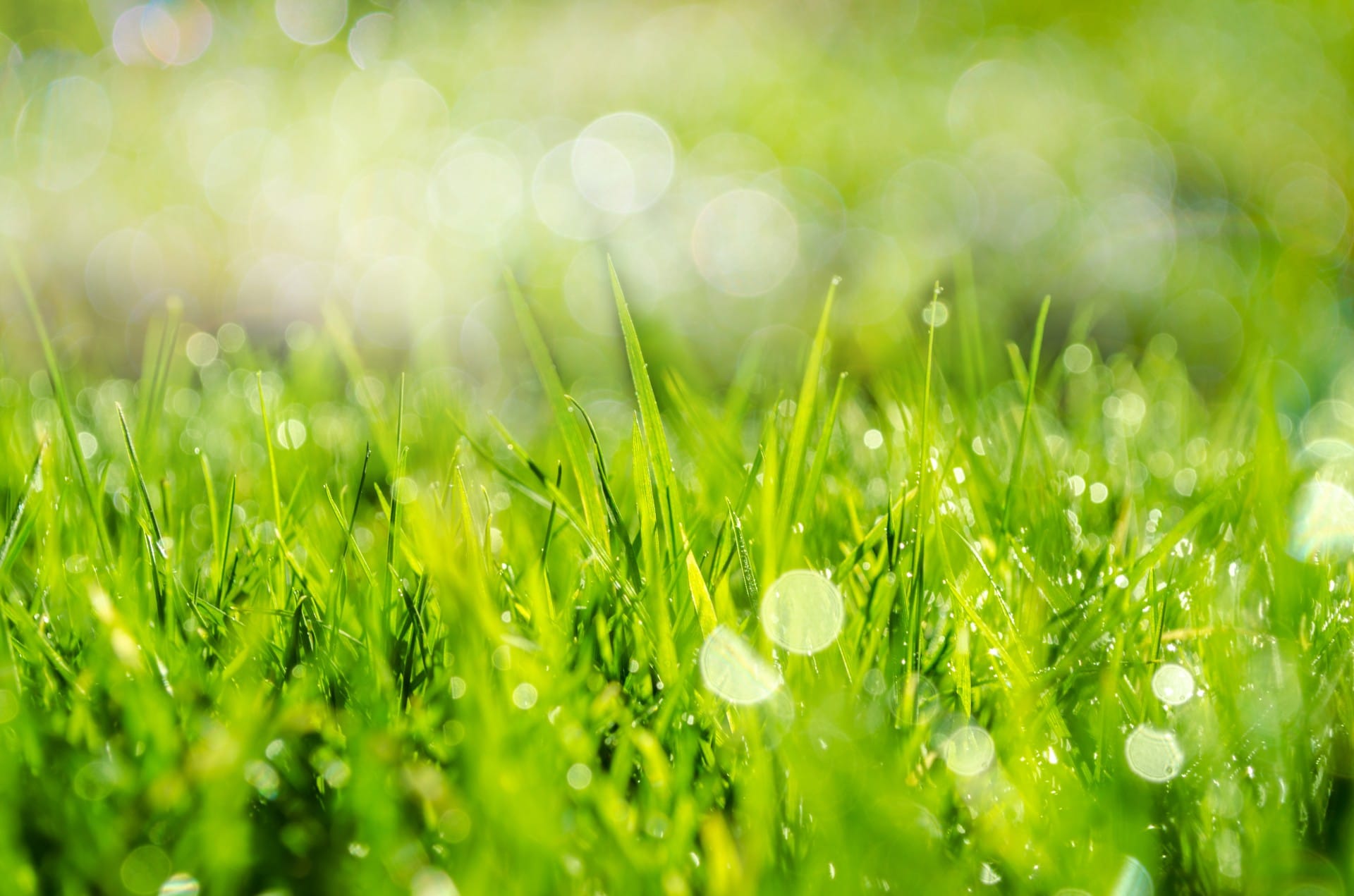
By Dirk Coburn, M.C.H.
May is a great time to create or renovate a lawn. Our lawn grasses in New England are cool-weather growers. They germinate well in the late spring, the late summer, or the early fall. Weston Nurseries has a full offering of tools, seeds, mulches, and treatments that are helpful for lawn projects.
Let me take a moment to talk specificly about the use of sod in a lawn project. The following points respond to questions that we are asked frequently about sod:
- Sod farms grow their sod in locations spread widely around a region. Sod from each of these locations may look somewhat different due to local differences in soil at the farms. However the crops are the same seed mix, and over time they will grow to look alike as they establish in their new environment.
- Sod from a location with sandier soil drains faster and may need more frequent watering, especially for the first two to three weeks. Twice a day for 10 minutes would not be out of line during that period.
- After the initial establishment period, watering should be less frequent and a little deeper. A lawn watered twice a week for at least 20 minutes each time will grow deeper roots than a lawn watered every day for 5 minutes, and will be more drought-resilient.
- Sod works best if care is taken to ensure that the underlying soil has good organic content. This may mean spreading half an inch or so of high organic loam if the underlying soil has low to moderate organic matter, or two inches or so if the underlayment is subsoil with virtually no organic matter.
- Sod works best if the underlying soil has been lightly tamped to promote good anchoring and then lightly scratched with a rake to give new roots entry points.
- Sod works best with a fertilizer designed for seeding or sodding, such as Jonathan Green’s Green Up Lawn Fertilizer for Seeding and Sodding.
Our sod grower has started recently harvesting from a farm in Maine where the soil is a little lighter colored and a little sandier than the soil in their other locations. There are some benefits to the new sod, including:
- The lighter soil in the new farm assists the grower in keeping the sod free from fungal issues.
- The less dense soil is more penetrable by roots, and so with diligent care and watering it offers the potential to put new roots into a well-prepared substrate somewhat quicker.
Whatever method you may use for creating or renovating your lawn, Weston Nurseries’ staff of trained horticulturists stand ready to assist you in planning and if necessary troubleshooting your project.









